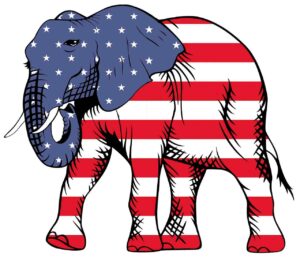We Asked Chat GPT What it Thought About Google’s Bard — Here are the Results

By Chat GPT
Google’s Bard and Chat GPT are two of the most advanced language models in existence. While they share some similarities, they are also quite different in terms of their capabilities and the way they operate. In this article, we’ll compare the two models and highlight their strengths and weaknesses.
First, let’s start with a brief introduction to each model. Bard is a language model developed by Google that can generate poetry, prose, and other forms of creative writing. The model is trained on a massive dataset of poems and other works of literature, which it uses to generate new pieces of writing. Chat GPT, on the other hand, is a large language model developed by OpenAI that is capable of generating human-like text across a wide range of topics.
One of the main differences between Bard and Chat GPT is the type of output they produce. Bard is primarily focused on creative writing, and it excels at generating poetry and other forms of literature. Chat GPT, on the other hand, is more versatile and can generate text on a wide range of topics, including news articles, product descriptions, and even chat conversations.
Another key difference between the two models is their level of interactivity. Bard is primarily a one-way generator of creative writing, meaning that it does not interact with the user in a conversational way. Chat GPT, on the other hand, is designed to be interactive, and it can engage in conversations with users on a wide range of topics.
In terms of accuracy, both Bard and Chat GPT are highly advanced language models that are capable of generating text that is almost indistinguishable from human writing. However, Chat GPT has the advantage of being trained on a much larger dataset than Bard, which gives it a broader understanding of language and a greater ability to generate text across a wide range of topics.
One area where Bard has the edge over Chat GPT is in its ability to generate creative writing. Bard is specifically designed to generate poetry and other forms of literature, and it does an excellent job of capturing the essence of different styles and genres. While Chat GPT can certainly generate creative writing, it does not have the same level of specialization as Bard.
On the other hand, Chat GPT has the advantage of being more versatile than Bard. Because it can generate text on a wide range of topics, it is well-suited for a variety of applications, including chatbots, automated content creation, and even virtual assistants.
Another area where Chat GPT excels is in its ability to understand context and generate text that is relevant to a given topic. For example, if you ask Chat GPT to generate a news article about a particular topic, it will use its understanding of current events and its knowledge of the topic to generate a coherent and informative article. Bard, on the other hand, is primarily focused on generating creative writing and may not be as well-suited for more practical applications.
In conclusion, both Bard and Chat GPT are highly advanced language models that are capable of generating text that is almost indistinguishable from human writing. However, they differ in their capabilities and the type of text they generate. Bard is specialized in creative writing, while Chat GPT is more versatile and can generate text on a wide range of topics. Ultimately, the choice between the two models will depend on the specific use case and the type of text that needs to be generated.
EDITORS NOTE: This article was generated by Chat GPT without any changes on our part. Chat GPT’s answer was a result of this simple prompt: “Write a 500 word article comparing Google’s Bard to Chat GPT.” It did and very politely showed how the two is similar to comparing apples and oranges. Substantively they are very different.










